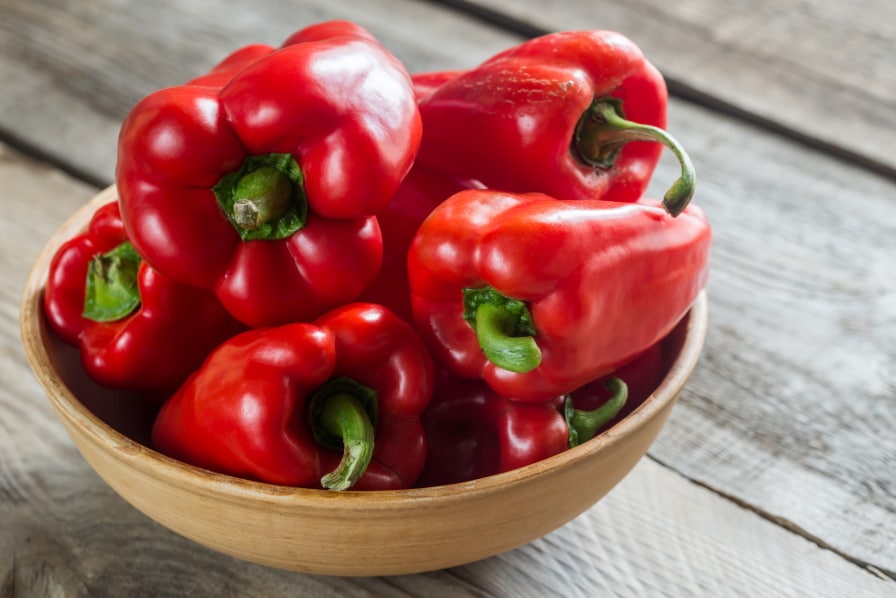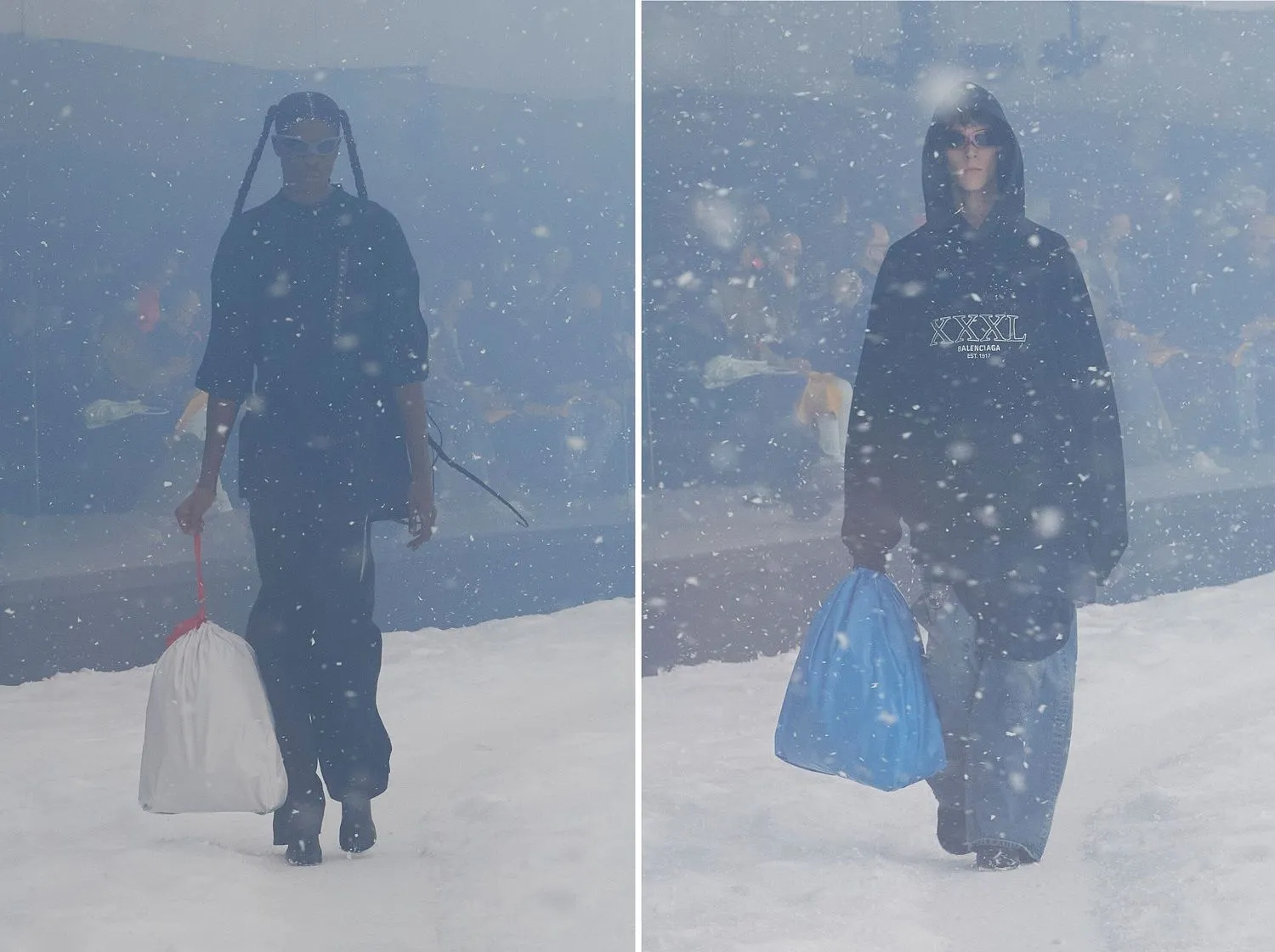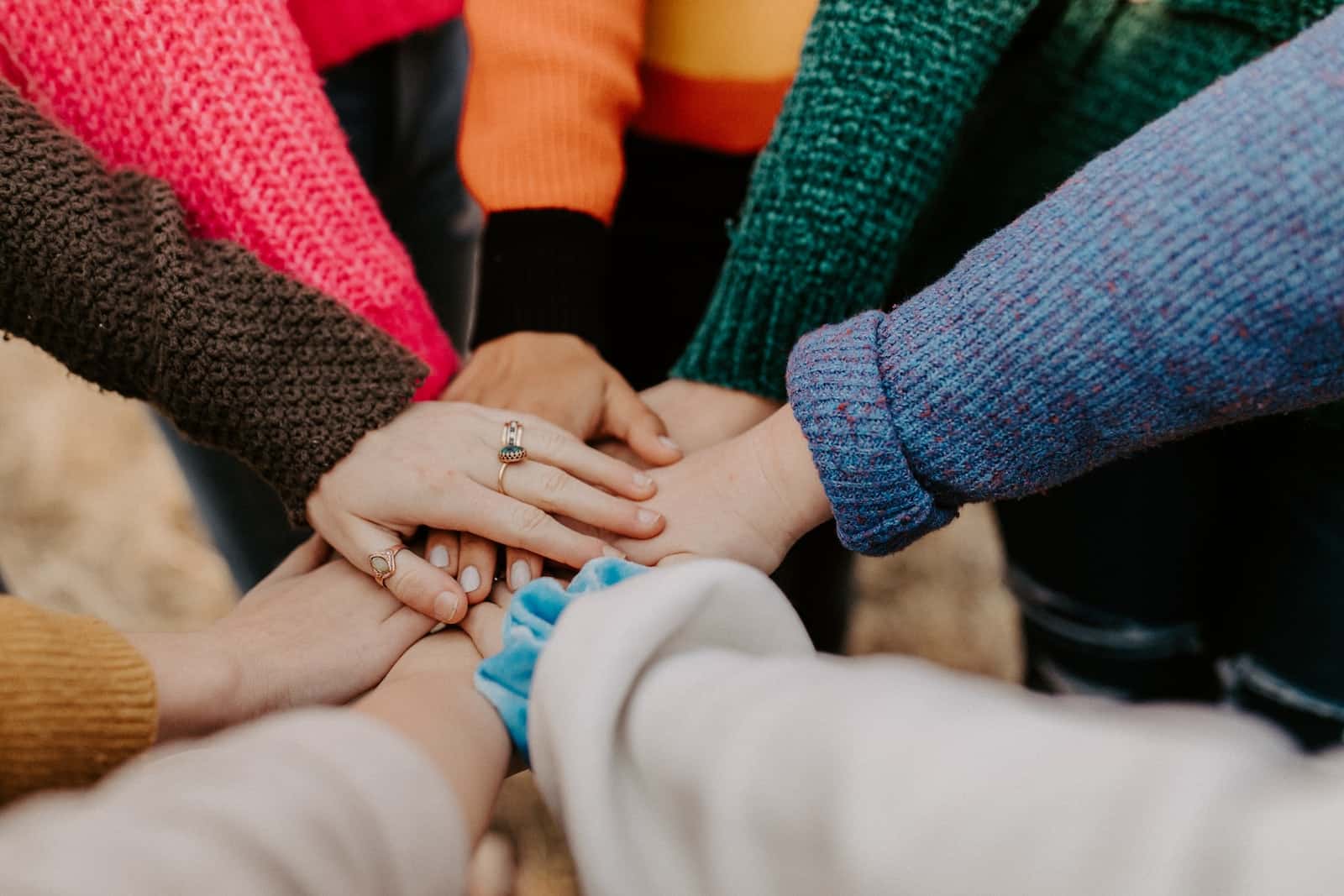The nutritionist draws attention to the fact that foods from the daily diet affect brain activity in different ways
Eggs, beets and coffee stimulate the brain, assures endocrinologist Elena Evdokimova, who is a member of the Russian Association of Endocrinologists and the European Association for the Study of Diabetes (EASD).
In an interview with Lenta.ru, she pointed out other inexpensive products for improving cognitive functions. The nutritionist draws attention to the fact that foods from the daily diet affect brain activity in different ways: they can speed it up and slow it down, help or hinder the memorization of information, stimulate or reduce the production of neurotransmitters.
1. Almonds are one of the best vegetable sources of vitamin E – with nearly 130% of the daily dose in 100 grams of nuts. They also provide us with healthy fats and are a perfect choice for an afternoon snack to stimulate the brain and give you a boost of energy.
2. In addition to vitamin E (80% of the daily dose in 100 g), hazelnuts are also a good source of B vitamins, including folate, as well as magnesium, calcium and potassium. You can also include them in your diet in the form of hazelnut tahini – it’s great in combination with chocolate, or as an addition to a smoothie or salad dressing.
3. In addition to useful monounsaturated fats, avocados also provide us with a good amount of vitamin E – about 16% in 150 grams of fruit. It is also one of the best breakfast foods that will provide us with enough energy and a quality start to the day. During the rest of the time, you can prepare homemade guacamole – it’s easy to make and damn tasty.
4. A cup of cooked spinach provides us with about 25% of the daily dose of vitamin E, but we don’t have to stick to it alone – all green leafy vegetables (chard, kale, beetroot and mustard greens) are good sources of the vitamin.
5. If seeds are your favorite pastime while relaxing with a movie in the evening, don’t worry – by the way, you’ve also got 78% of your daily dose of vitamin E with one hundred grams of seeds.
6. With nearly 25% of the daily amount of vitamin E, dried apricots find a place in the ranking, separately providing us with fiber, important for the regulation of digestion and cholesterol levels. Remember that often the dried fruits sold in the supermarket are additionally soaked in glucose-fructose syrup, a source of additional sugar that we do not need. Make sure you choose dried fruit without unwanted ingredients.
7. Autumn is our favorite mostly because of the pumpkins in all shapes and sizes, which are suitable for a variety of recipes. In addition to variety in nutrition, they also provide us with good levels of vitamin E – 18% of the daily dose in 1 teacup of cooked pumpkin.
8. Kiwi is a very good source not only of vitamin E (about 15% in 180 g), but also of vitamin C, which will take care of strengthening the immune system. This is more than good news, since in Bulgaria kiwifruit is in season in autumn, when we need all available aids in preparing the body for the cold months.
9. All vegetable oils are good sources of vitamin E, including olive oil, sunflower oil, and coconut oil. However, olive oil, in addition to providing us with the valuable antioxidant – about 13% of the recommended daily dose in one tablespoon, also provides us with valuable monounsaturated fats, which additionally take care of heart health.
10. Besides being the richest source of vitamin C, red peppers also provide about 12% of the daily dose of vitamin E. Plus, they are also a source of lutein and zeaxanthin, two antioxidants that take care of eye health.
Source: iStock Photos/Getty Images
















